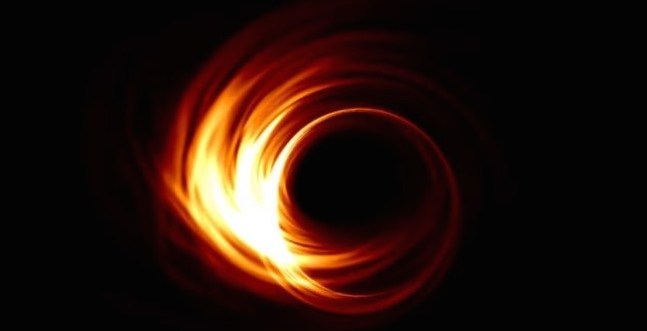
But the friend falls right in, to a place beyond 'forever.' Whatever that means."Īrtist's concept of a wormhole. They'll just get redder and fainter as they approach the event horizon. "An observer far away will not see their astronaut friend fall into the black hole. "I think the standard story is that they lead to the end of time," said Douglas Finkbeiner, professor of astronomy and physics at Harvard University. As it stands, theory suggests that anything which goes beyond the event horizon is simply added to the black hole and, what's more, because time distorts close to this boundary, this will appear to take place incredibly slowly, so answers won't be quickly forthcoming. Why, we can't even take photographs of anything that takes place inside a black hole - if light cannot escape their immense gravity, then nothing can be snapped by a camera. Related: The Strangest Black Holes in the Universeīut, the problem is that we can't get up close to see for ourselves. Thorne told that journeys through these theoretical tunnels would most likely remain science fiction, and there is certainly no firm evidence that a black hole could allow for such a passage.

Have we ever sent something into a black hole movie#
Indeed, Thorne, who lent his expert advice to the production team for the Hollywood movie Interstellar, wrote: "We see no objects in our universe that could become wormholes as they age," in his book "The Science of Interstellar" (W.W. But it doesn't seem likely that wormholes exist. "Reading Kip Thorne's popular book about wormholes is what first got me excited about physics as a child," Massey said. But it gained some fresh ground in the 1980s when physicist Kip Thorne - one of the world's leading experts on the astrophysical implications of Einstein's general theory of relativity - raised a discussion about whether objects could physically travel through them. Such an idea has been floating around for some time: Einstein teamed up with Nathan Rosen to theorise bridges that connect two different points in space-time in 1935. They may even be, as some have suggested, a path to another universe. Over the years scientists have looked into the possibility that black holes could be wormholes to other galaxies. (Image credit: Karl Tate, contributor) (opens in new tab)

The scaling up of the sound signals means that what we are hearing is actually 144 quadrillion and 288 quadrillion times higher than the signals' original frequencies.įor scale, a quadrillion (a million billion) is 1,000,000,000,000,000 - that's 15 zeros.Black holes are strange regions where gravity is strong enough to bend light, warp space and distort time. The radar-like scan around the image allows us to hear waves emitted in different directions.The signals were resynthesised into the range of human hearing by scaling them up by 57 and 58 octaves above their actual pitch.The sound waves were extracted outwards, from the centre of the cluster.Here's the gist of how the sonification was put together, according to NASA: NASA says the sonification of the Perseus galaxy cluster is unlike any other done before because it uses the actual sound waves discovered by its Chandra X-ray Observatory space telescope. ( NASA/CXC/IoA/A.Fabian et al.) How the sound of a black hole was created Sound waves around the black hole in the Perseus galaxy are thought to have been produced by 'explosive events'.


 0 kommentar(er)
0 kommentar(er)
